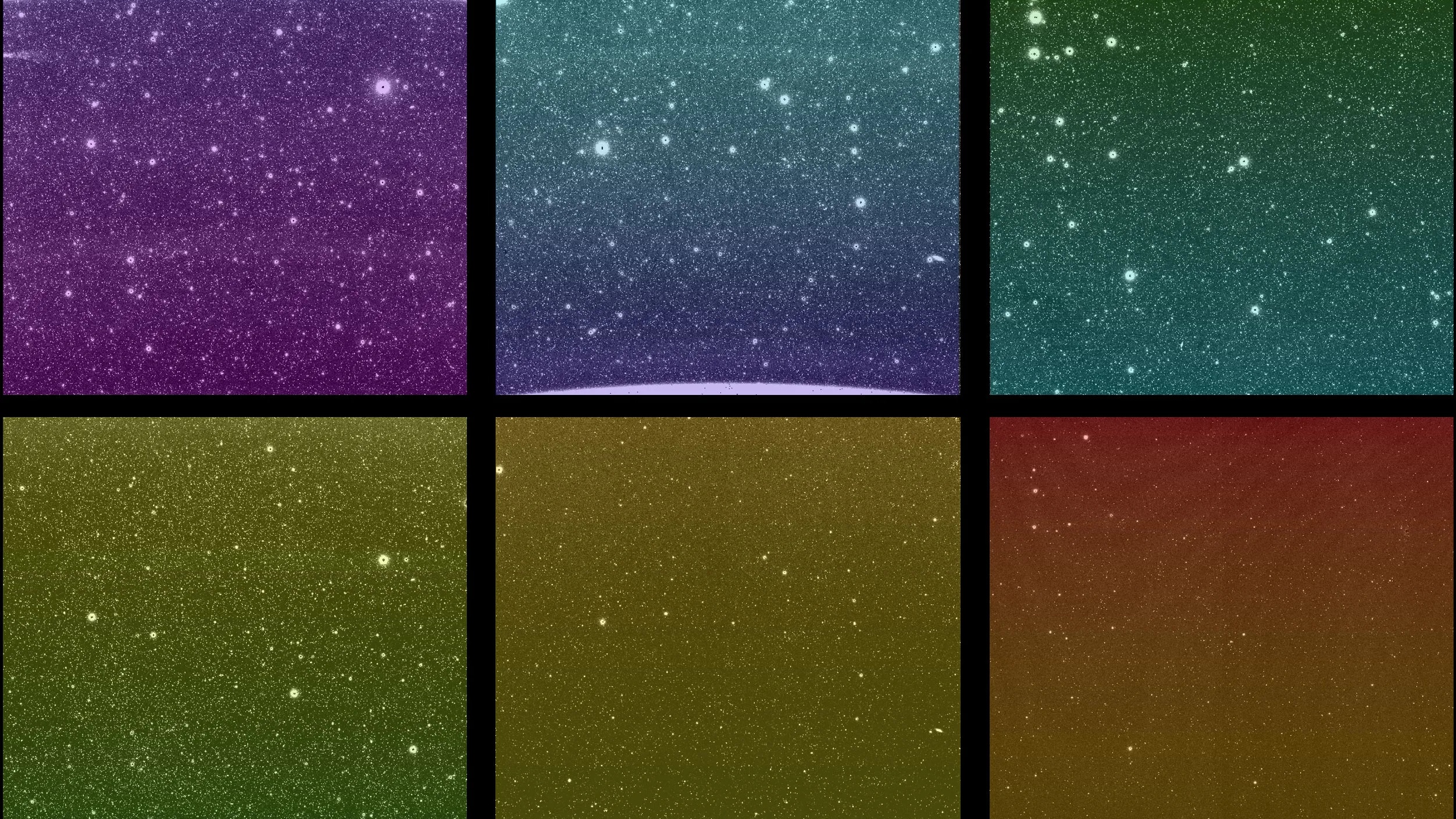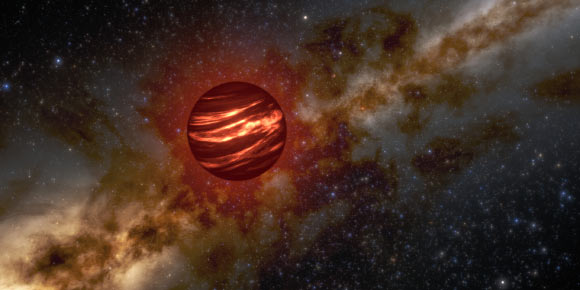Now Reading: NASA’s SPHEREx Telescope Captures First Cosmic Images
-
01
NASA’s SPHEREx Telescope Captures First Cosmic Images
NASA’s SPHEREx Telescope Captures First Cosmic Images

Quick Summary
- NASA’s new infrared space telescope, SPHEREx (Spectro-Photometer for the History of the Universe, Epoch of Reionization, and Ices Explorer), captured its first images on March 27.
- SPHEREx operates within the infrared spectrum and aims to map vast areas of the universe that would or else remain hidden behind cosmic dust.
- Each detector in SPHEREx can study data in 17 wavelength bands, totaling 102 bands across all detectors. The test images captured approximately 100,000 astronomical sources per panel.
- The telescope provides a wide-angle view of space compared to the James Webb Space Telescope and focuses on mapping surrounding cosmic structures rather than individual stars’ intricacies.
- The detectors are undergoing a cooling process necessary for infrared measurements due to their heat-sensitive nature; routine science operations are set for late April.
- Once operational, SPHEREx will take approximately 600 exposures daily to study galaxies formed shortly after the Big Bang over 13.7 billion years ago.
!NASA’s SPHEREx exposure panels
Image credit: NASA/JPL-Caltech
!Zoomed-in sections showing faint distant galaxies
Image Credit: NASA/JPL-Caltech
!SPHEREx in space post-launch
Image Credit: NASA
Indian Opinion Analysis
NASA’s $488 million investment into SPHEREx represents significant advancements in infrared astronomy by promising extensive mapping capabilities across unprecedented wavelengths. For india’s scientific community, this initiative provides valuable data for comparative research since similar missions like ISRO’s Astrosat focus mainly on ultraviolet and visible spectrum studies. Given its ability to probe distant galaxies formed shortly after the Big Bang-areas unreachable by conventional telescopes-spherex will complement global efforts toward understanding cosmological evolution.The implications include collaborative opportunities with India’s astrophysics institutions like IUCAA or TIFR for data sharing and cross-spectrum analysis that would enrich insights into star formation processes or galactic structures post-reionization periods. Additionally, Indian astronomers stand poised to benefit from thes large-scale datasets as they advance national goals like improving theoretical models predicting global expansion trajectories. Following operations slated later this year could also inspire upgrades in domestic satellite missions with more robust technologies mimicking such advanced instrumentation.
For further details:
Read More


























